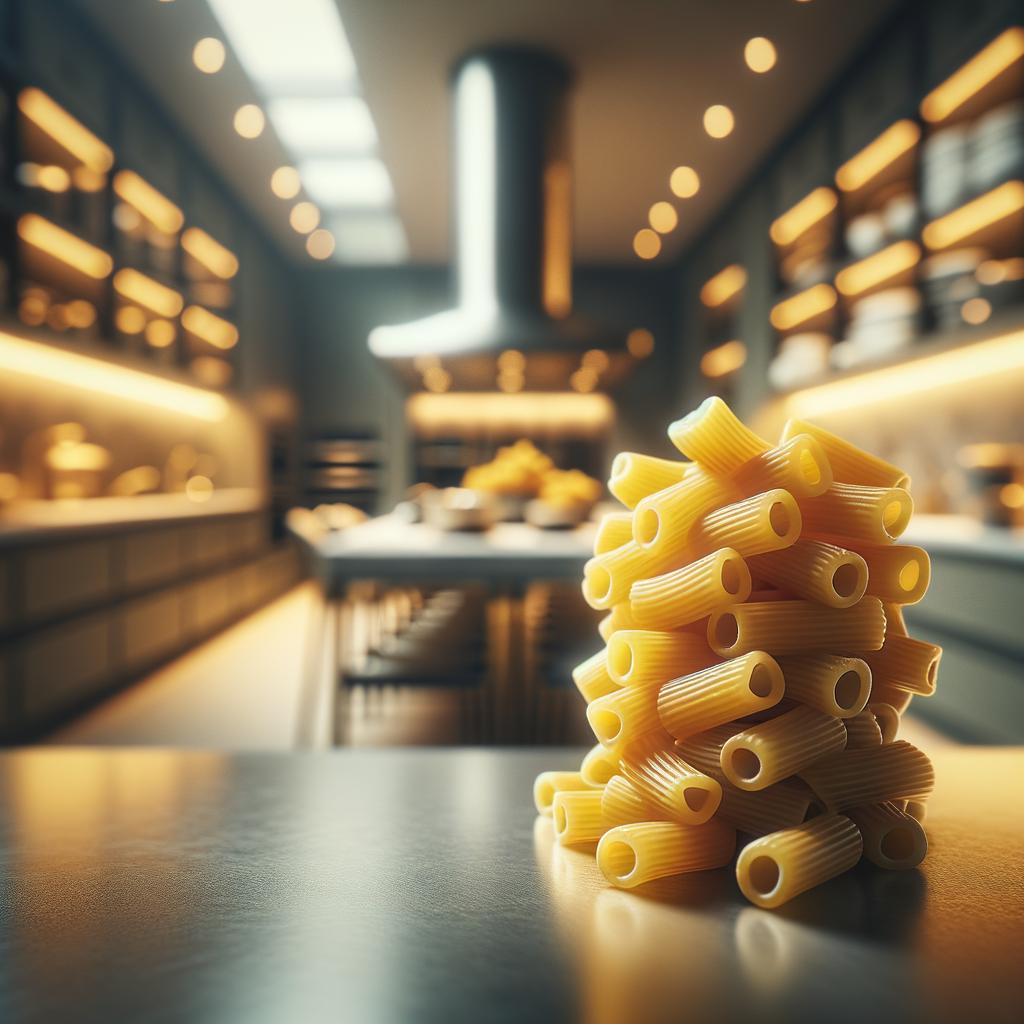Macaroni

Macaroni
Description
Macaroni, a beloved ingredient known worldwide, is a type of dry pasta shaped into narrow tubes. Its appearance is simple yet iconic, with a golden hue and a hollow center that runs through its length. The texture is firm when raw, but when cooked, it transforms into a delightfully chewy and tender bite. Its flavor profile is mild, making it a versatile base for a multitude of dishes. What sets macaroni apart from other pasta varieties is its tubular structure, perfect for holding onto sauces and other flavorful ingredients.
Primary Uses
Macaroni is a culinary chameleon, adapting to a wide range of cuisines and dishes. It is most famously used in the comfort food classic, macaroni and cheese, where its tubes fill with creamy, melted cheese. In Italian cuisine, it's often baked with tomato sauce, meat, and cheese in a dish known as "pasta al forno". Beyond culinary uses, macaroni has also found a place in arts and crafts, often used by children to create colorful pasta necklaces and artwork.
History
Macaroni dates back to ancient times. The word 'macaroni' stems from the Greek term 'makaria', meaning food made from barley. However, it was the Italians who popularized it during the Renaissance era. Rumor has it that Marco Polo brought macaroni back to Italy after his travels to China, but this is more of a food myth. Over time, macaroni became a staple in Italian cuisine and later gained popularity worldwide, especially in the United States, thanks to the invention of macaroni and cheese.
Nutritional Information
Macaroni, particularly the whole grain variety, is a good source of dietary fiber and complex carbohydrates, providing slow-releasing energy. It also contains essential nutrients such as iron, B vitamins, and magnesium. While it is low in fat and cholesterol, macaroni is often served in dishes rich in cheese or cream, which can increase the calorie count. When compared to other types of pasta like spaghetti or linguini, macaroni holds a similar nutritional profile, with its main distinction being its shape rather than its composition. As with any food, moderation and balance are key to incorporating macaroni into a healthy diet.

